














































































































By Dennis McNabb, Active Media
The supposed decline of print media has, for many years now, been the subject of much editorializing. Some have gone so far as to claim that it is “dead” as a means of disseminating information. The truth of the matter is, of course, far less dramatic. Like Rock and Roll, which some industry pundits claimed was dead all the way back in the 1960s, print media has evolved with the times and continues to thrive. Here at Active Media, we certainly believe in the strength and effectiveness of its reach — and after speaking with two of our longestrunning advertisers, we know they do too!

Amy Savage, owner and principal broker of A Group Real Estate in Tualatin, has been running

on investment has always made the program worthwhile and even after so many years, she intends to continue the partnership because it has become such an indispensable source of new business.


Andy Patel, owner of three Chevron gas stations in the Portland Metropolitan area, has a similar story. He has also been running with us for over 21 years and began under similar circumstances. He had just purchased his Tualatin and Newberg locations and was looking for ways to communicate with the local community, to introduce himself. Our advertising program (which provides informative content along with coupons to incentivize customers to shop at the business) proved to be the ideal solution. People stopped by to meet Andy and to use the coupons! When he stopped advertising for a short stint, the public’s reaction was swift and decisive. “Bring the coupons back!” they cried, and ever since, advertising with Active Media has been a regular part of doing business.
with us for over 21 consecutive years. When she first signed on, she was a new real estate agent, looking to establish more of a presence in the area. She met our owner, Matthew Nelson (who had just established Active Media), and the two discussed a variety of ways he might be able to assist. She now credits our advertising programs, along with the professionalism and flexibility of our staff, as a major contributor to her success. She stated that the return
The truth is, as much as we have helped businesses like A Group Real Estate and the Tualatin Chevron Station grow, they have done the same for us. As their businesses developed, so did ours, as we discovered what types of programs were most effective and then tailoring them to reap the highest rewards for our customers. As Amy Savage stated, our relationship truly is a partnership, one that benefits both parties, and we are so eternally grateful for those partnerships. Thank you Amy Savage and Andy Patel for taking that initial chance on us so many years ago — for advertising in our very first issue! — and thank you for remaining such loyal partners to this day.
As print media continues to be a highly effective method of advertising, please consider Active Media as a potential partner for your business. Call 503-570-3404 today to inquire about a program that might work for you.






































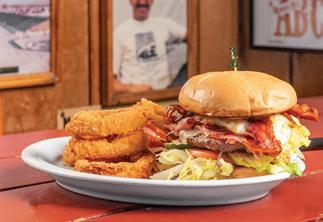




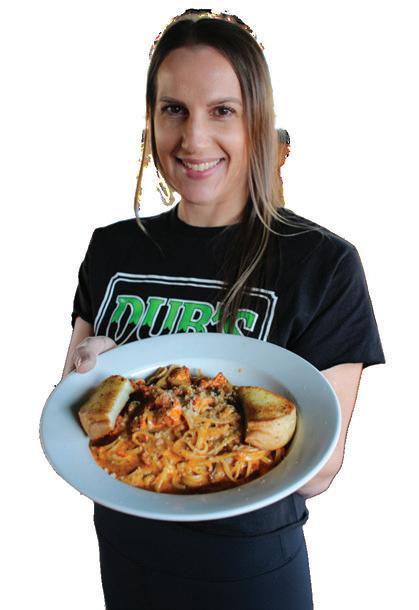



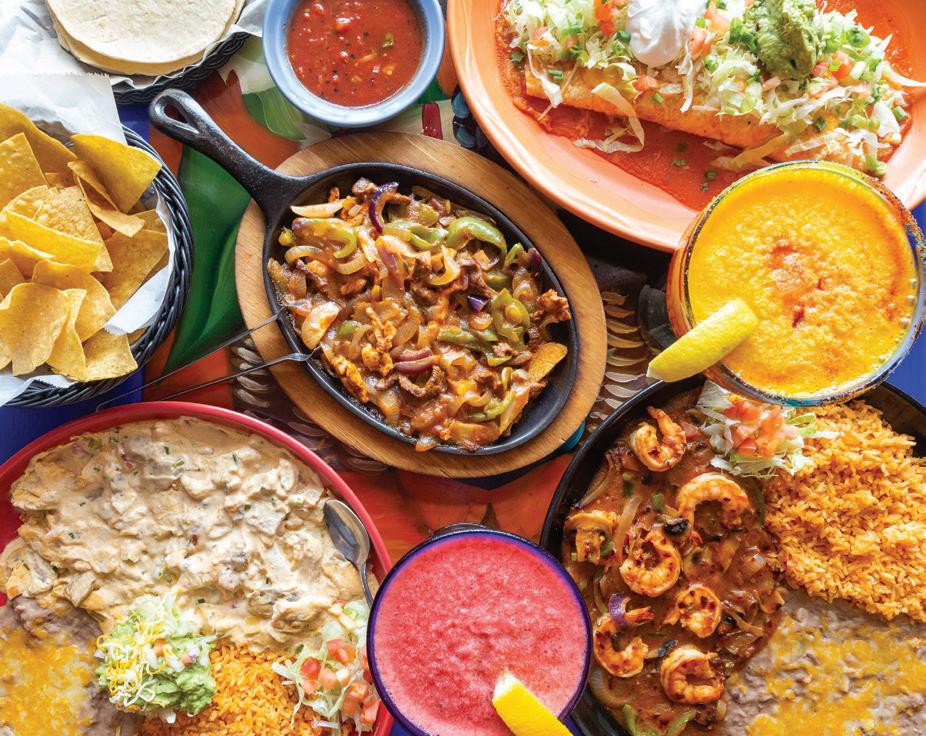







By Oregon Black Pioneers
Markus Lopeus is one of the earliest-known people of African descent to set foot in Oregon. Lopeus was a native of Cape Verde, a volcanic archipelago located 400 miles west of the North African mainland. The Portuguese discovered the islands in the 15th century and began to establish a permanent presence there. Enslaved Africans made up the majority of the islands’ population – but there was also a population of free Africans, including the Lopeus family.
In 1787, American ship captain Robert Gray set off from Boston in the sloop Lady Washington for his first voyage to the Pacific Northwest. Gray, along with Captain John Kendrick of the brig Columbia, were bound for the Pacific Northwest in search of sea otter pelts to exchange in China for tea, silk, spices, and porcelain.
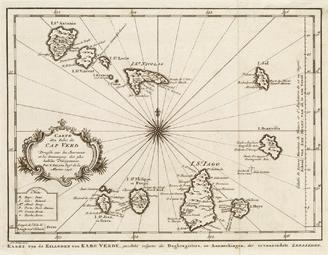
When the Lady Washington stopped in Cape Verde for water and supplies, Markus Lopeus volunteered to join the ship’s crew. Lopeus served as the ship’s cabin boy, suggesting he was a teenager or a young man. Despite his age, Lopeus had to participate in regular duties alongside the rest of the 12-14 member crew. According to 3rd mate Robert Haswell, Lopeus was cheerful, eager to help and well-liked by everyone aboard.
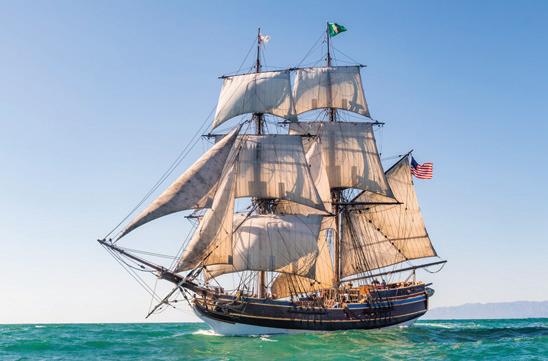
Photo by Rick Horn
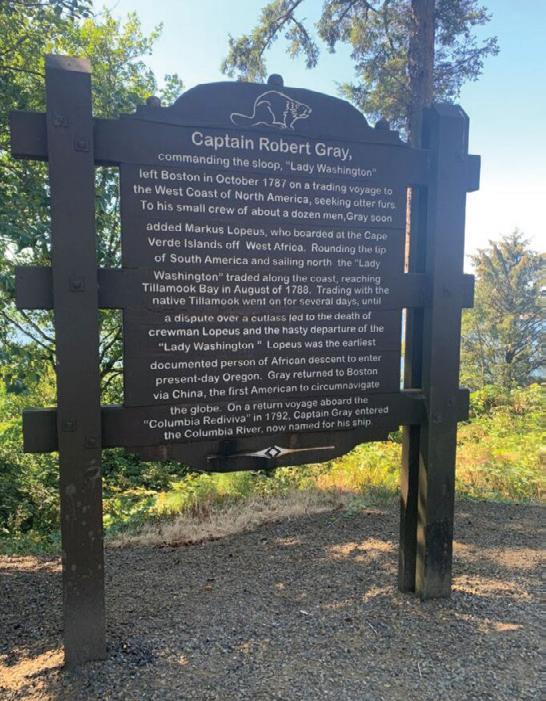
In 1788, Lady Washington became the first American ship to make landfall on the Pacific coast. That August, the vessel reached Tillamook Bay, where they were greeted by members of a local Native village. The crew eagerly traded with the villagers on the beach.
Two days later, Lopeus was on shore cutting grass to feed the ship’s livestock. When he set down his cutlass, a Native man walked off with it. Lopeus chased after the man and grabbed him, which got the attention of the villagers. Several men surrounded Lopeus and stabbed him to death. Captain Gray’s crew quickly fled the beach and returned to their ship, firing their guns as they sailed away.
Today Markus Lopeus is remembered for his participation in the first American expedition to Oregon, and for being the first Black person to die in Oregon. His story demonstrates how Black people have been part of Oregon’s multiracial history from the earliest days.
Oregon Black Pioneers is Oregon’s only historical society dedicated to preserving and presenting the experiences of African Americans statewide. To learn more, and to support this nonprofit, visit oregonblackpioneers.org.
©Oregon Black Pioneers, 2025
Tualatin Valley Fire & Rescue is seeking to fill one vacancy on its Civil Service Commission. The five-member commission oversees TVF&R’s civil service system to ensure uniform standards in hiring, promotion, and tenure for employees. The commission meets quarterly to address a variety of matters, including oversight of actions related to employee classification, examinations, eligibility list management, appointments, and appeals.
An ideal volunteer candidate has the following attributes:
z Is a resident in an area served by the District or owns property within the District’s service area.
z An understanding of and commitment to the general purposes of the District’s civil service rules, including providing equal opportunity to qualified persons in all aspects of employment in civil service positions and increasing effectiveness and efficiency in the administration of personnel processes.
z Ability to make high-quality decisions based on a mixture of analysis, wisdom, experience, and judgement.
z Is comfortable dealing with concepts and complexity.
z A broad perspective for viewing a situation.
z Ability to make a commitment to a four-year term as an unpaid volunteer, with attendance at quarterly evening meetings in Tigard and special meetings as needed.
For more information about this volunteer opportunity and a link to apply, visit www.tvfr.com. Applications will be accepted beginning on April 11 and are due by April 27.

Interviews for selected candidates will occur Monday, May 5. An orientation will be held in late May or early June with the first commission meeting set for June 11 at 3 p.m.
TVF&R is an all-hazards, full-service fire district providing fire protection and suppression, emergency medical services, hazardous materials response, technical and water rescue, fire prevention, public education, ambulance transport, and more to 548,000 residents in approximately 390 square miles. Our service area includes 11 cities and portions of four counties in Oregon.
The District operates 28 career fire stations and one volunteer station with a total of 586 employees. Almost 80% of our employees are in positions governed by the District's civil service system.

6 Species not native to an ecosystem.
8 Small, round, flat legumes often considered the most sustainable food.
9 Planned management of a natural resource to prevent destruction.
12 Most commonly littered item in the world. (Two words)
13 National Park (established 1872) famous for its geysers.
15 Process of collecting, processing and reusing materials that would otherwise be discarded as waste.
16 World’s most recycled material.
18 Close to 8 million metric tons of _______ go into the ocean annually.
19 Types include cascade, horsetail, plunge and tiered.
21 Renewable energy source harnessed through turbines.
22 Most of Earth’s breathable air comes from this body of water.
23 Endangered bird known for its colorful feathers and large beak. DOWN
4 In 2011, 28 million trees were planted in this Mideastern country for Earth Day’s “Plant Trees, Not Bombs” campaign.
5 Term for variety of life on Earth.
16 The _______ Rainforest produces 20% of the planet’s oxygen.
17 The Javan _______ (abbreviated) is considered the most endangered animal. The large mammal has a distinctive horn (or two) on its snout.

1 Brand first to turn plastic waste into clothing; also name of geographical region in South America.
2 The Great Pacific _______ Patch is a massive accumulation of marine debris, primarily plastic.
3 The earth is _______ years old.

7 Founder of Earth Day was a senator from this “cheesy” Midwest state.
10 Young activist _______ Thunberg took a zero-carbon voyage from Europe to the U.S. to raise awareness of climate change.
11 Energy created from Earth’s heat.
14 Type of farming that does not use synthetic chemicals.
20 Blazing source of renewable energy using solar panels.




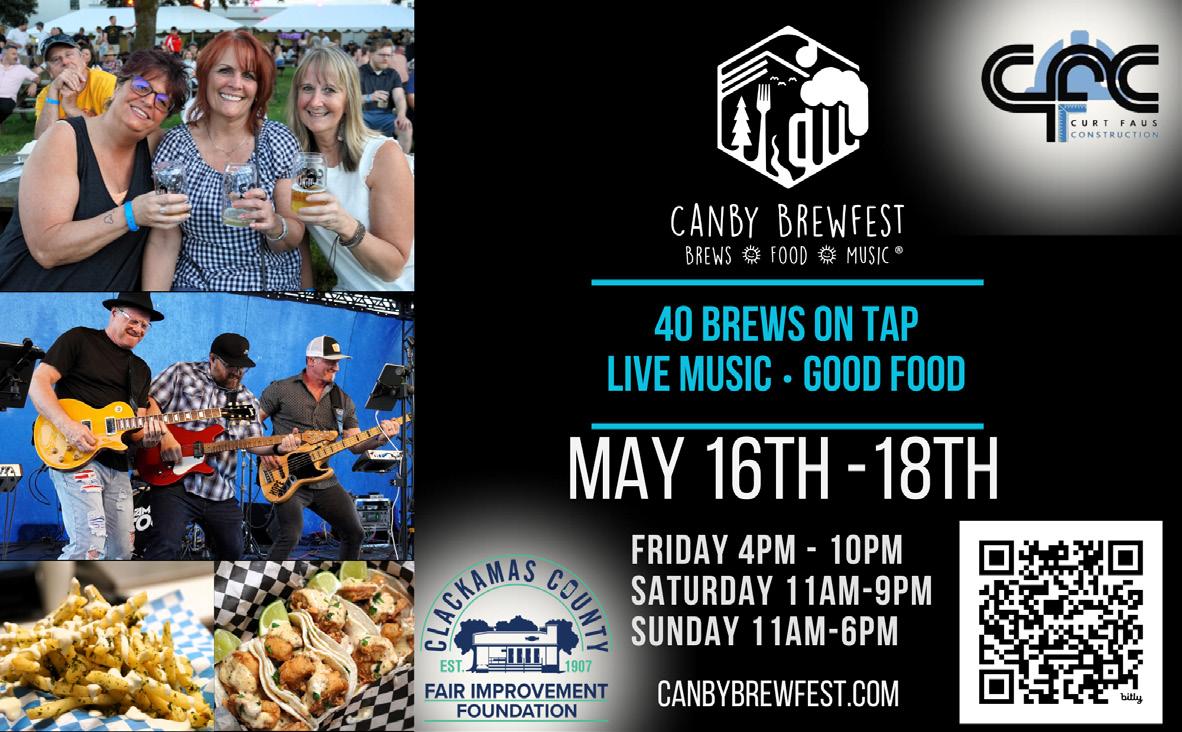

By Robert Matsumura, Active Media
Every year on April 22nd, millions of people around the world celebrate Earth Day, a day commemorating environmental protection and raising awareness about our planet’s well-being. But how did Earth Day come about? The story of Earth Day is both fascinating and inspiring, a testament to how a collective push for change can have a lasting impact.
Earth Day actually dates back to the late 1960s when environmental concerns swelled across the United States. Issues of water pollution, air quality, pesticide use, and the loss of wildlife were looming large in the public consciousness. Rachel Carson’s 1962 book Silent Spring had already brought to light the dangers of pesticides, and a growing concern for the environment was beginning to take root.
It wasn’t until 1969, however, that the idea of Earth Day began to form. Senator Gaylord Nelson from Wisconsin — alarmed by the lack of political attention to environmental issues —vowed to take action. He envisioned a nationwide teach-in focused on the environment to engage the public and pressure politicians to embrace the environmental cause. Nelson drew inspiration in part from the student protests of the 1960s, which demonstrated how grassroots movements could galvanize the public and bring about real change.
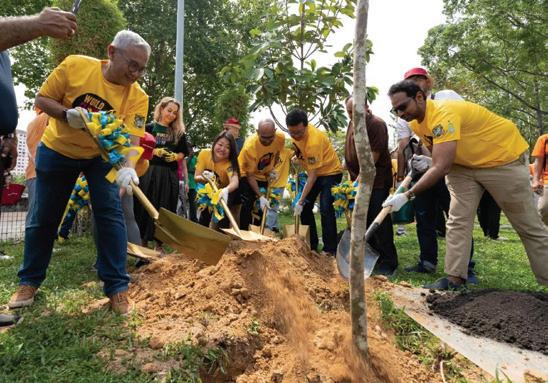
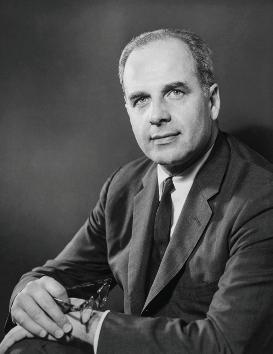
Earth Day was born on April 22, 1970. Nelson, with the assistance of activist Dennis Hayes, mobilized an astonishing 20 million Americans across the country — about 10 percent of the U.S. population at the time — who came together in rallies, teach-ins, and protests. The movement was not just about protesting, but about generating a dialogue around the need for environmental regulation and conservation.
The first Earth Day was a monumental success. People from all walks of life came together, including students, teachers, scientists, and activists. For the first time, environmental issues were discussed on a grand scale, clearly showing that protecting the Earth was no longer a niche concern but one that deserved national attention.
The success of Earth Day extended far beyond rallies, however. Significant changes in U.S. policy resulted from this event. In the wake of the first Earth Day, Congress passed major environmental legislation, including the Clean Air Act, the Clean Water Act, and the Endangered Species Act. The Environmental Protection Agency (EPA) was also created in 1970. It was clear that public opinion had shifted, and lawmakers took notice.
Although Earth Day was born in the United States, its message resonated around the world. In 1990, Earth Day went international, with 200 million people in over 140 countries participating. Since then, Earth Day has continued to grow. Events now take place in countries across the globe, with the Earth Day Network actively coordinating the activities.
Today, Earth Day is more relevant than ever. As the planet grapples with climate change, deforestation, and diminishing biodiversity, Earth Day is a reminder that everyone has a role to play in protecting our environment.
So this April 22nd, whether you’re planting a tree, cleaning up a local park, or simply recycling a plastic container, remember that Earth Day is a day to celebrate the planet we all share, ensuring that it continues to be a healthy and enjoyable place for generations to come!











By Dennis McNabb, Active Media
At its core, art can really be perceived as a conversation with the world around us. In the right hands, it has the ability to shape, question and redefine our understanding of reality. In the hands of artist Rita Robillard, that dialogue has always centered on the nature of place — its meaning, its memory, and the ways in which it molds who we are as individuals. Front and center on the main page of her website, she poses the question, “How does place affect our values and differ from urban and rural and eastern and western vantage points?” She continues, “In this time of migratory reality, how do we come to know the textures, moods, and values of new places?” And really, in a world where the internet is bringing divergent cultures from around the globe into closer proximity, what could possibly be more important than developing a more profound understanding of place? Rita grew up in New York City. Her father was a musician who sadly passed at a young age. Her mother, a strong and resourceful woman, raised Rita and her sister to be both academically and artistically inclined. Rita learned at a young age that she was naturally adept at painting and she tested into The Cooper Union, a prestigious art college in New York. Later,
she transferred to UC Berkeley to study printmaking and began teaching on the side. Later still, she transferred to WSU as a full-time professor (teaching printmaking), and finally to Portland to teach drawing and graduate classes as well as chairing the art department at PSU. Always a dedicated and enthusiastic teacher, fully committed to her students and her craft, she was still, at heart, a painter first and a printmaker second.

Over the years, as she continued painting and exploring various mediums, methods, and themes (all while teaching), she assembled an impressive and expansive body of work. Focusing on nature instead of chasing the fashionable styles and themes of the times, her art has a vibrancy and relevance that is missing in the works of some of her contemporaries. Inspired and informed by her travels, her paintings represent real places from real times. They are places that, in some cases, no longer exist and moments that have long since passed, yet through Rita’s keen eye and deft brushwork, they are forever immortalized.

Rita Robillard’s mixed-media work has been included in over 100 museum and gallery exhibitions all over the world. Her pieces are included in over 30 public collections, and she has served on several boards and art committees. She is an invaluable member of our local art community here in Portland. Represented by Bob Kochs, her work was last seen in July of 2024 at the Augen Gallery in downtown Portland. That exhibit, The Amazon in Rio, was met with huge success. For more information or to inquire about purchasing her work, check out her website: ritarobillard.com, or contact Bob Kochs at the Augen Gallery: 503-544-6623.
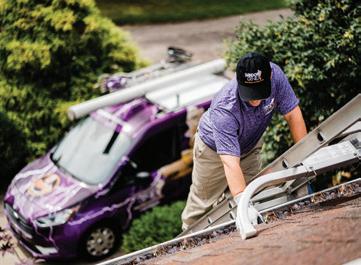





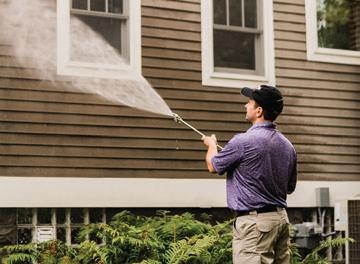















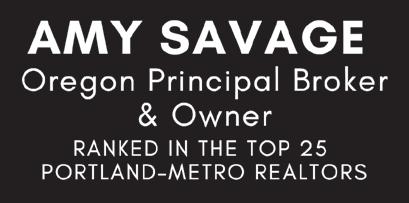




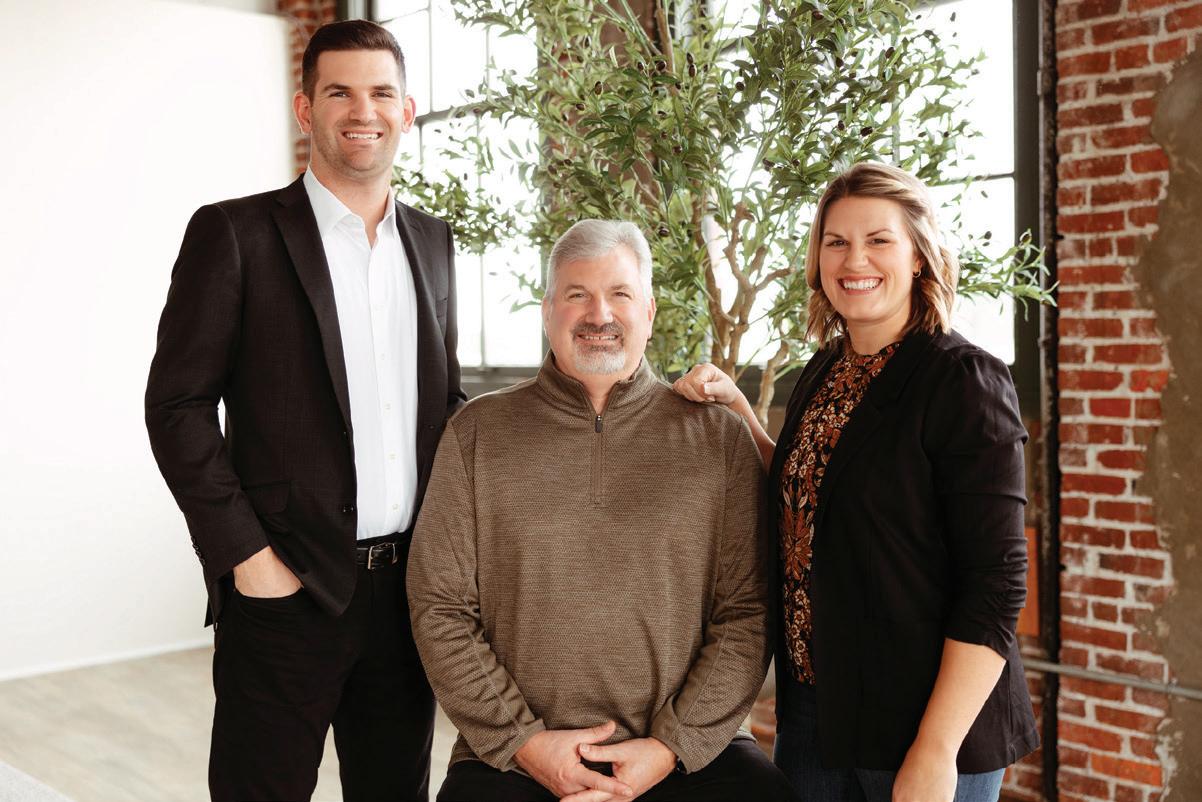



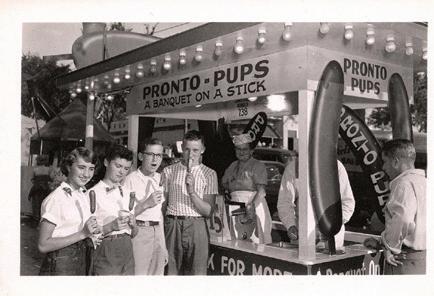
By Robert Matsumura, Active Media

WWWhen you think of classic fair food, what comes to mind? Perhaps it’s cotton candy, funnel cakes, or caramel apples. For many Americans, the ultimate fair staple is the corn dog. And when it comes to corn dogs, one name stands out in the annals of fried food history: the Pronto Pup.

juicy hot dog encased in a crispy, fried shell was irresistible!
While you might think the Pronto Pup’s origins trace back to the bustling state fairs of Texas or Minnesota, it is the town of Rockaway on the Oregon Coast that claims the distinction. In the late 1930s George and Versa Boyington, a couple who operated a hot dog stand, found themselves at the mercy of Oregon’s notoriously wet weather. The rain would soak the buns, leaving them with soggy sandwiches and frustrated customers. Undeterred, George experimented with dipping hot dogs into a thick batter made from flour and frying them. The result? A crispy, golden, portable treat that was rain resistant — the perfect snack for the Pacific Northwest’s soggy unpredictable weather.

The Boyingtons desired a name that conveyed both the speed and convenience of their new invention.
After a brainstorming session they landed on “Pronto Pup,” evoking the quickness of serving and eating
More than just inventors, the Boyingtons were also savvy entrepreneurs. Recognizing the potential of their invention, they franchised the Pronto Pup, selling the equipment and batter mix to aspiring vendors across the country. By the 1950s, Pronto Pups had become a staple at fairs, carnivals and drive-ins nationwide.
The difference resides in the batter. While corn dogs are typically made with a cornmeal-based batter, Pronto Pups use a flour-based batter. The result is the Pronto Pup has a lighter, more pancake-like texture, versus its cornbread-coated cousin.
As fairs and festivals exploded in popularity throughout the mid-20th century, so too did the Pronto Pup. Its portability and affordability made it a perfect fit for the evolving American lifestyle. Drive-ins, a cultural hallmark of the

1950s, also embraced the Pronto Pup, offering it on their menus alongside burgers and shakes.
The Boyingtons continued to refine their business model, focusing on quality and consistency. Vendors were required to use the official Pronto Pup batter mix, ensuring that every Pronto Pup, whether sold in Oregon or Omaha, tasted just right. This commitment to quality also helped establish the Pronto Pup’s reputation as a consistent and delicious snack.

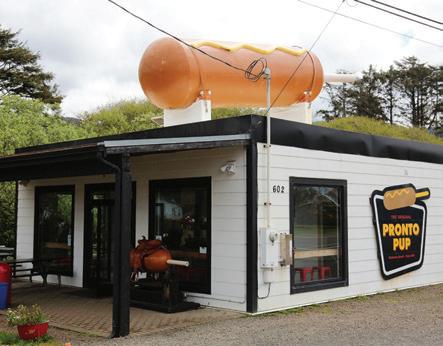
Of course, with success came competition. The Pronto Pup’s rise to fame spurred the creation of similar snacks across the country, most notably the corn dog. While many corn dog enthusiasts assert that the cornmeal batter adds a unique flavor, Pronto Pup loyalists insist that nothing beats the original flour-based recipe.
In Minnesota, the Pronto Pup’s popularity inspired fierce loyalty. At the Minnesota State Fair, an event that draws millions of visitors each year, Pronto Pups are sold at numerous stands and remain one of the fair’s most iconic treats. For many Minnesotans, the Pronto Pup isn’t just
What’s the Pronto Pup’s secret? What makes it so delicious? It’s all about the balance of flavors and textures. The hot dog provides a savory, juicy center, while the batter delivers a crispy, slightly sweet coating. When fried to perfection, the Pronto Pup achieves a delectable contrast that’s difficult to resist. Temperature and timing are critical in the frying process. The oil needs to be hot enough to cook the batter quickly without overcooking the hot dog. Too low a temperature, and the batter becomes greasy; too high, and it burns. Experienced vendors know that achieving the perfect golden brown color demands practice and precision.
American pop culture has embraced the Pronto Pup. It has been the star of food documentaries, fairground scenes in movies, even the occasional viral video. Rockaway Beach, the birthplace of the Pronto Pup, continues to honor its culinary legacy. Visitors to the town can stop by the original Pronto Pup stand, which operates to this day, and taste the Oregon classic that became a national favorite.
In recent years, food enthusiasts and vendors have begun customizing the Pronto Pup. Gourmet versions featuring artisan sausages, exotic spices, and unique dipping sauces have appeared at upscale food festivals and trendy
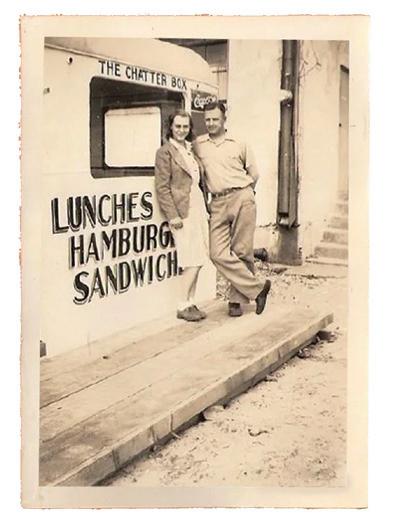
George and Versa Boyington
restaurants. However, even with these fancy variations, the core essence of the Pronto Pup — a simple, satisfying snack — remains the same.
Pronto
Today, the Pronto Pup is a cultural icon, particularly in the Midwest and Pacific Northwest. In Rockaway Beach, the Boyingtons’ creation is celebrated annually at the Pronto Pup Festival. Beyond nostalgia, the Pronto Pup’s story is a testament to the spirit of innovation. It’s a reminder that sometimes the best ideas come in response to the simplest of problems — and thinking outside the (soggy) bun.
The next time you’re enjoying a Pronto Pup, or even a corn dog, remember the Boyingtons, Rockaway Beach and the crispy creation that started it all. Whether you prefer yours with ketchup, mustard, or both, there’s no denying the enduring appeal of this quintessential American treat!
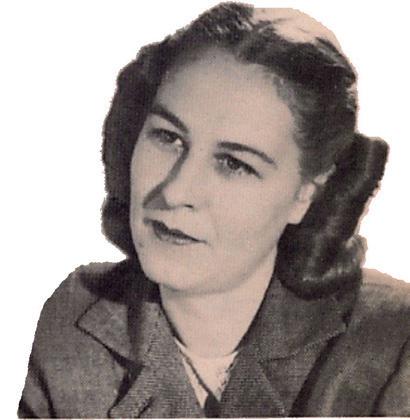



We are proud to offer NOUVADerm TM - the cutting-edge 4th generation fractional skin resurfacing platform designed to provide a personalized, non-invasive solution for a wide range of skin concerns.
NOUVADermTM is a state-of-the-art laser system that delivers powerful, customized treatments for all skin types. It uses a combination of non-ablative, sub-ablative and ablative laser pulses to target various layers of the skin, promoting collagen production and skin renewal. With its proprietary NOVAGlo and Hair Support modes, NOUVADermTM is ideal for treating a variety of concerns including:
PIGMENTATION: Age spots, sun spots and freckles
SKIN TEXTURE: Uneven texture and tone
FINE LINES & WRINKLES: Smooth & firm skin
ACNE SCARRING: Improve the appearance of scars
STRETCH MARKS: Restore smoother, clearer skin
HAIR SUPPORT: Stimulate hair growth on the scalp



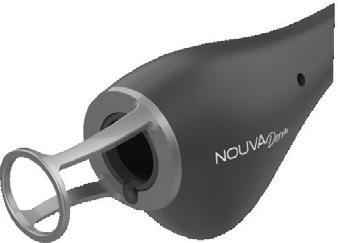


We believe that healthy, beautiful skin is possible at every age. NOUVADermTM
Advanced Skin Resurfacing is safe, effective, and non-invasive laser to rejuvenate your skin from the scalp to the body. Whether you’re looking to enhance the appearance of your face, scalp, or other body areas, NOUVADermTM can provide the transformative results you’re looking for.























